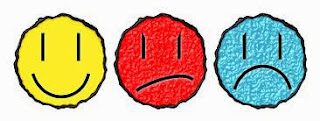What is an ANORAK in Spanish?

The Invisible Man is striking a pose here. As you can see an ANORAK is some sort of jacket, usually with no buttons or zipper, a pullover in other words, only this one also sports a hood. The purpose is not only to get protection from rain or cold weather, hence the material used which is usually plastic or any similar weather-resistant material. There is no real translation for this word so an ANORAK is that, an ANORAK, however, Ecuadorians resourceful as usual, call this an ENCAUCHADO. It's usually longer though.




